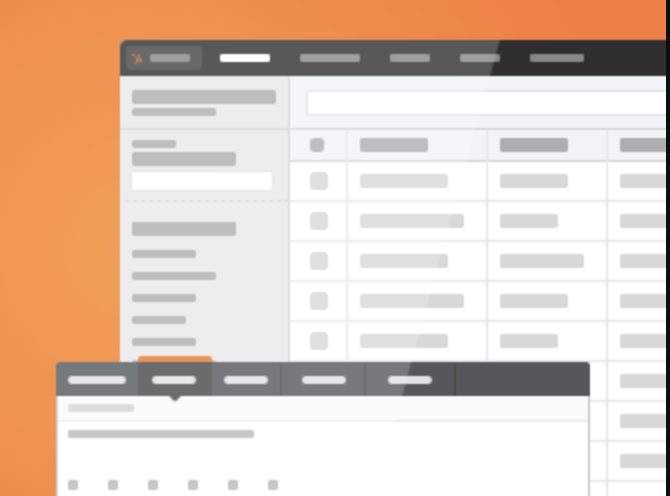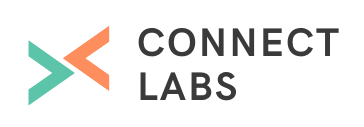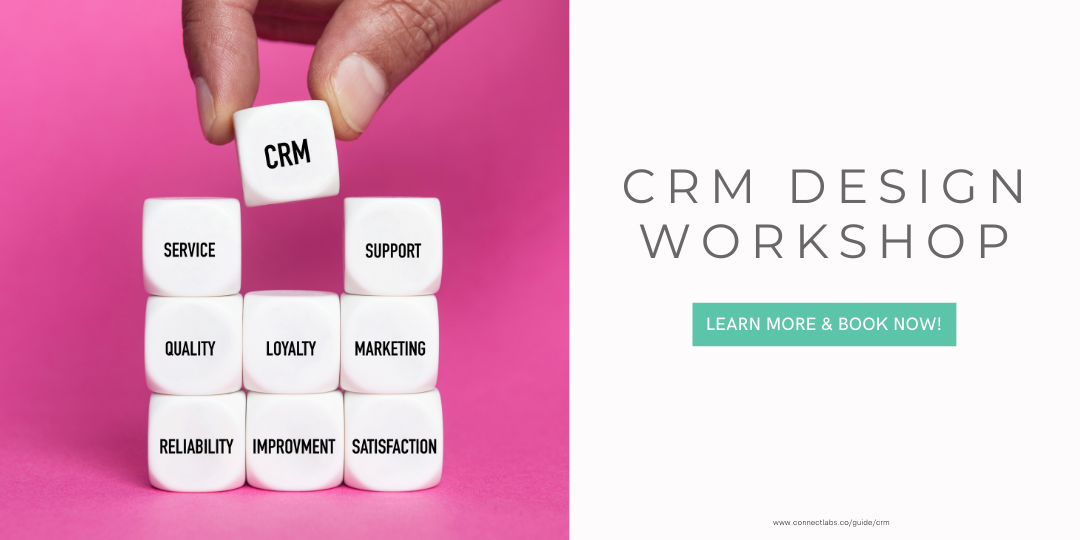SaaS businesses need to ensure that their services are constantly updating to meet customers’ needs. Since SaaS income streams primarily come from subscriptions, nurturing those subscribers is a must. Gaining insights into the behaviour of your customers can make a huge difference to the way your business decides to improve customer experiences or to transform, digitally, in years to come.
Customer relationship management (CRM) software and strategies go a long way to improving the efficiency of your SaaS business. A comprehensive CRM strategy will aid the management and analysis of your customers’ interactions and data, making it easier for you to build relationships with and understand the needs of your customers. You will be able to manage relationships at scale, with an enhanced ability to personalise, automate and optimise your clients’ experience.

As with any business, it is essential to understand your current pain points and goals before implementing a CRM.
- Consider the capacity of your sales team, what your revenue streams are, which of your software features are currently working for you and which are not.
- Consider the direction in which you see your business growing, who your customers are (for example, enterprise or mid-market or sole traders), and exactly what the type of product or service is that you provide.
- Consider whether your SaaS business requires one-on-one customer attention, or is the service something that customers access entirely on their own, as a self-service platform?
These considerations will take you a long way to understanding the precise features that your CRM needs to cater for.
Business Efficiency
CRMs work extremely well as a human resource information system (HRIS). As a tool for managing productivity, CRMs can schedule tasks, manage your calendar, manage your documents, orchestrate workflow and help you collaborate with your staff.
You can also undertake extensive enterprise resource planning (ERP) and digital asset management (DAM) through a CRM. Contracts such as NDAs, purchase orders, quotes and invoices can also be managed seamlessly through a CRM either within the CRM or through an integration with a software like PandaDoc, which is a great cloud contract-management option. Many webinar software providers offer easy integration with your CRM, too. For instance, if you use Airmeet.co, you can link it up with your CRM to identify and nurture prospective leads based on online engagement at virtual events.
Systems work far more effectively when every person across each team is on the same page. Rather than using five to ten different platforms for distinct services (email, lead tracking, webinars, web design, contract management and so on), it makes sense to use one platform which provides all of these features at once.
Since SaaS businesses are all about providing useful and effective software, it makes sense for the operations of the business to be integrated and centralised. There are SaaS-specific benefits to opting for comprehensive software, such as HubSpot, which incorporates nearly all available features in a CRM.
Product Usage & Adoption
As far as monitoring product usage, most SaaS businesses will be across the reporting, tracking and pipeline management features of CRMs. An immediate feature to be considered is comprehensive software capacity as without it, SaaS businesses are likely to struggle as it is required that the platform manages user data in a safe and secure way - for example, every time a user logs their details on an app or when a person signs up to a subscription.
The web analytics that a CRM can track, from what contacts looked for on Google to how many FAQs they've read on your website, are crucial for any SaaS business, as they enable you to view your customers entire lifecycle and how well they are interacting of your SaaS software. Analytics can help you make crucial decisions, like relocating unused features on the app to gain more visibility or providing an alternate feature. They also can reduce churn by identifying the features which customers use more regularly and investing more in those features.
Businesses may want to consider additional software to work in tandem with their CRM to facilitate other key parts of product adoption such as onboarding users seamlessly. Pendo.io, for example, is a great robust software option for automating onboarding of software.
Ultimately a CRM is not only there to help SaaS businesses operate more effortlessly and efficiently, but to better understand how their customers are using and adopting their services, not to mention increase the value of the subscription for the customer overall.
We can help your SaaS business grow better with CRM Design to establish your digital headquarters so you can stay organised and build relationships with ease.
Tags:
Sales + CRM
June 28, 2021

